Black Friday and Cyber Monday inevitably attract one-time shoppers incentivized by heavy discounts. And, inevitably, most of them will be gone the second your deals are over. Well, not unless you have a solid retention strategy in place!
But sometimes, it’s easier to focus so much energy on winning over holiday shoppers during the BFCM frenzy that you don’t put as much emphasis on creating captivating post-purchase experiences that make people come back long after the Black Friday dust settles.
Post purchase, brands have to offer customers a clear reason to return. Whether it’s loyalty perks, a subscription offer, excellent customer service, or personalized communication, BFCM retention comes down to top-tier customer experiences with your brand.
Rather than scrambling to put together your post-checkout plan, get ahead of the curve now with these seven retention-driving strategies to attract more BFCM newcomers for the long term and turn those seasonal first-time shoppers into loyal customers.
Encourage shoppers to join your loyalty program
Throughout BFCM and beyond, brands should take advantage of the slew of shoppers entering their sites and stores and promote their loyalty program. Retention comes down to providing shoppers with clear value for their repeat purchases, and loyalty does just that.
Whether they’re earning points for purchases or redeeming perks, customers get even more from your brand as loyalty members. According to Forrester, on average, loyalty rewards program members in the U.S. and Canada spend $99 more with traditional and online retailers than non-members within a typical three-month period.
Loyalty programs influence over 83% of shoppers to buy again from a brand, and the probability of a sale jumps from 5-20% with a new customer to 60-70% with a returning one. In fact, loyalty programs influence purchasing decisions so heavily that 45.4% of our 2023 brand loyalty survey respondents said not earning loyalty points for their purchases made a bad post-purchase experience.
“BFCM is an ideal opportunity to introduce or promote loyalty programs, offering exclusive rewards, points, or discounts for future purchases, and VIP treatment to incentivize repeat purchases.”
Mark Peters, Head of Sales, Ask Phill
Spread the word about your loyalty program via SMS, email, social media, and banner ads. Your promotional messages should clearly explain how the program works and what benefits customers can expect from joining, like exclusive access to sales, free shipping, and VIP-only offers.
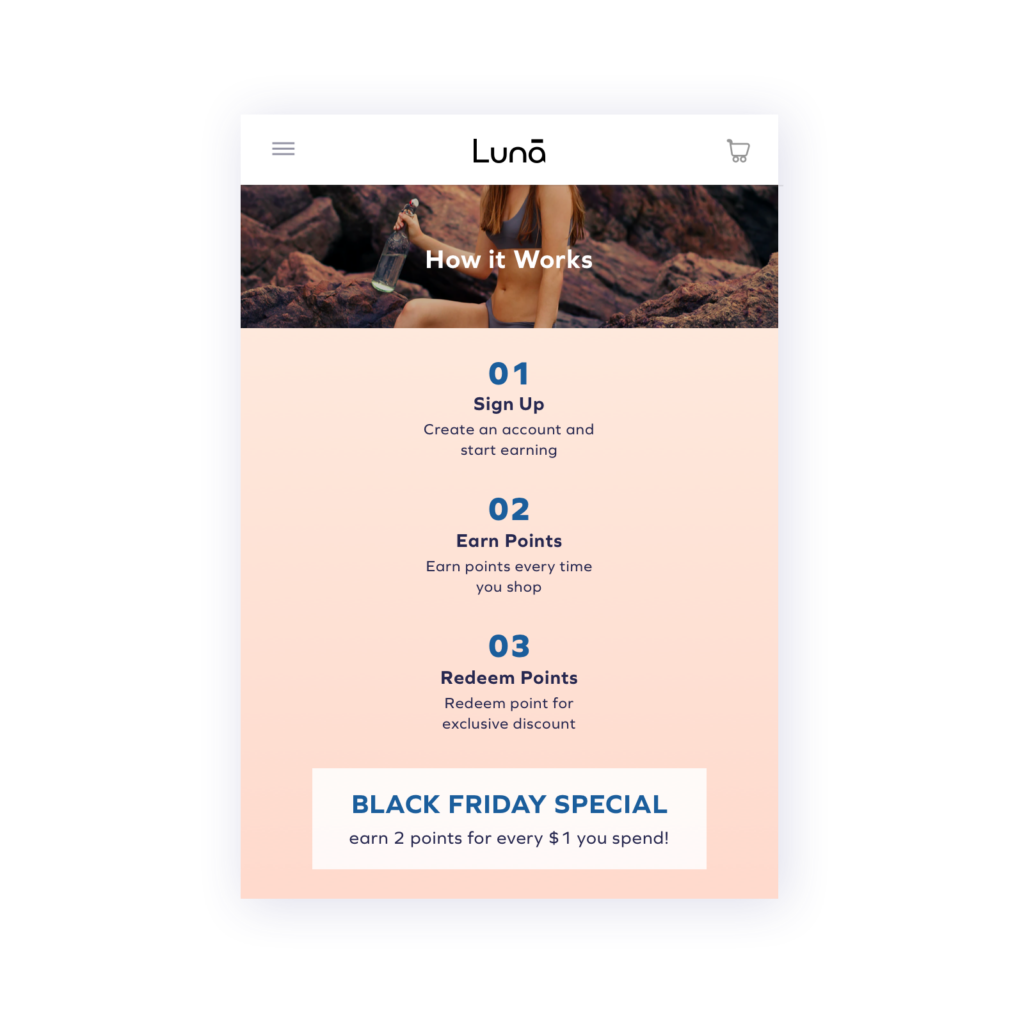
Take advantage of the Black Friday shopper spike and run timely loyalty campaigns to encourage sign-ups, like point multipliers on holiday purchases exclusive to program members.
Don’t forget to follow up with your new loyalty members post BFCM via SMS or email and present redemption options for their recent purchases. It’s quick, seamless, and effective: eCommerce brands see 89% more revenue from loyalty redeemers than non-redeemers and a 164% higher repeat purchase rate on average.
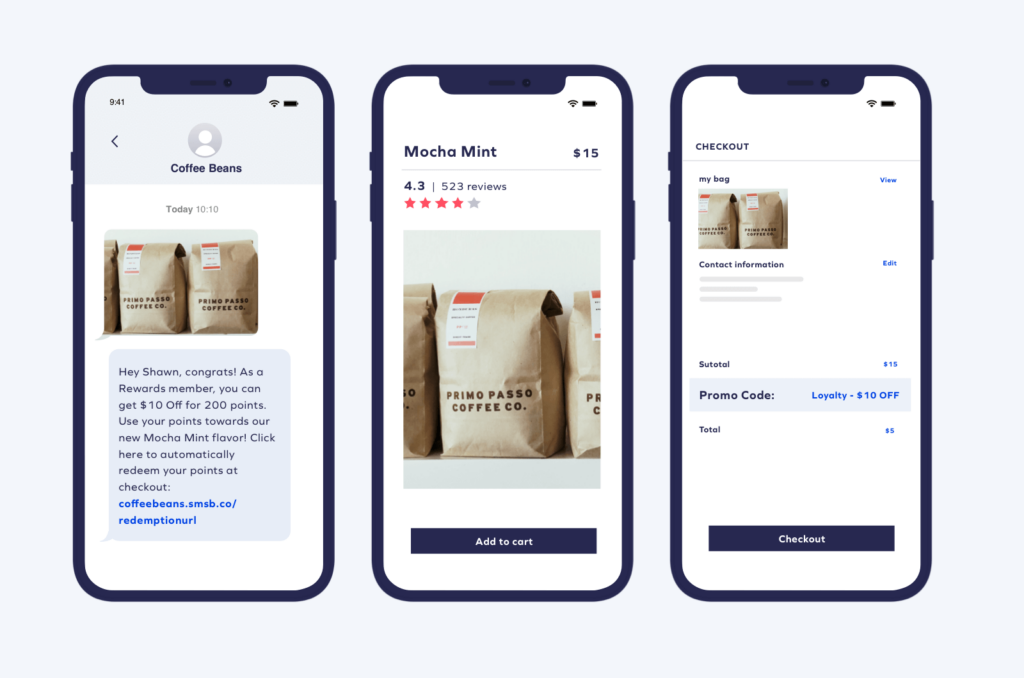
Need inspiration on how to build the best loyalty program in time for BFCM? Check out these 11 inspiring examples from winning Yotpo eCommerce brands.
Emphasize subscriptions to make repeat purchases easy
Retention strategies aren’t just applicable to new customers; you should also focus on extending the CLTV of infrequent and product-specific customers during the holiday season. Brands can establish recurring revenue by encouraging BFCM shoppers to sign up for product subscriptions. After all, if people already like your product and are on the path to purchase, showing them just how much more they could be saving as regular subscribers and offering them the convenience of monthly shipments straight to their doorsteps is a quick recipe for success.
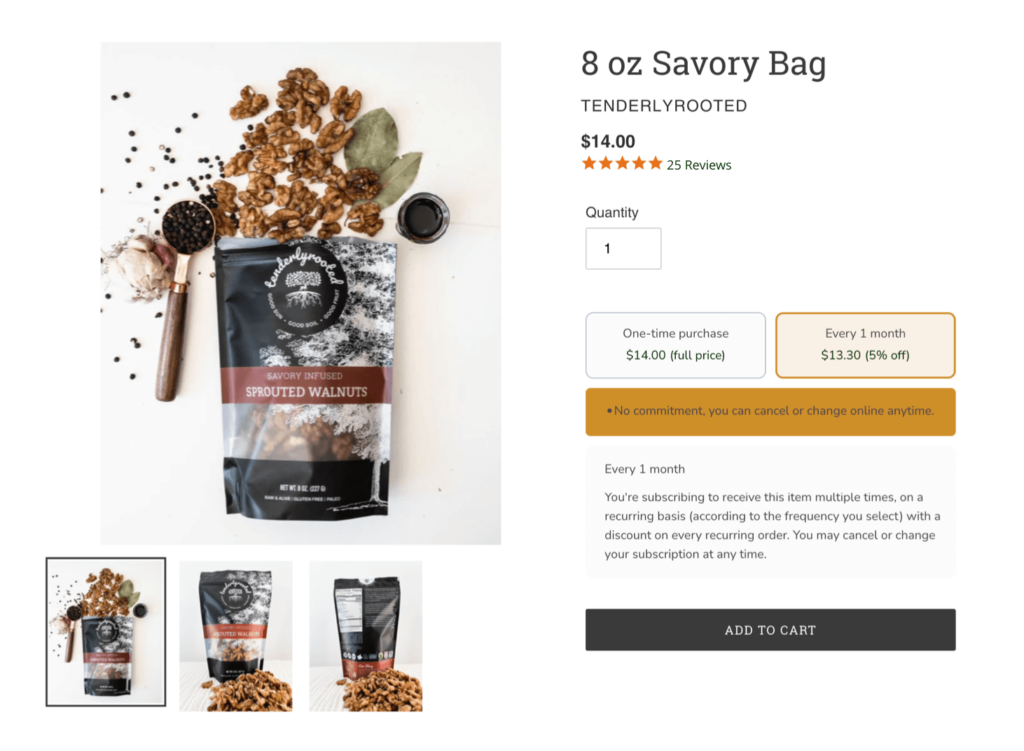
Shoppers who buy replenishable purchases, such as skincare or beauty products, around Black Friday and Cyber Monday are excellent candidates for subscription sign-ups. Use timely and personalized texts and emails to effectively engage with them, and don’t forget to highlight the value they’ll get from subscribing.
Combining subscriptions with shoppers’ favorite communication channels has great potential. Take, for example, the food brand Tenderly Rooted. They leveraged Yotpo SMS and Subscriptions together and saw an 11% increase in customers with multiple subscriptions and 89x ROI on their SMS program in just a few months.
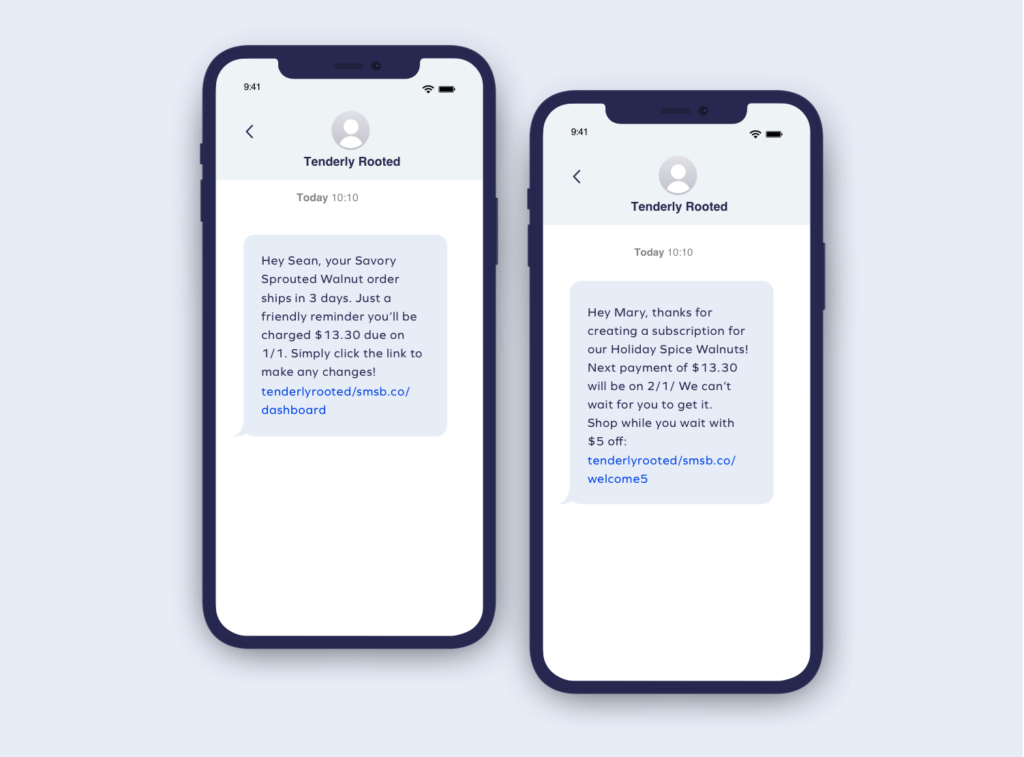
Don’t forget about your loyal customers, too! Offer loyalty points to incentivize giving subscriptions a shot or announce time-sensitive BFCM-exclusive subscriptions. “For BFCM, we recommend brands to reward their most loyal customers by offering exclusive discounts, for example, on special subscription offers. This not only makes it affordable for them to gift products to their loved ones, but it also taps into their network of family and friends who already trust and appreciate your brand,” says Hollie Tansey from Radiant.
The same applies to shoppers who leave good reviews on products that are part of your subscription program. Use SMS or email campaigns in the weeks before Black Friday to educate high-intent customers about the benefits of signing up for subscriptions.
And last but not least – consider prepaid plans. Providing upfront payment options around BFCM can help improve cash flow, reduce customer acquisition costs, and offer customers a much better deal. Prepaid customers are incredibly valuable to your business as they commit to longer-term engagements instead of a month-to-month subscription.
Celebrate your brand mission
Many brands champion a cause during BFCM, like charity partnerships or sustainability initiatives. Today’s consumers are looking for more than just a good product, and brands advocating for charities, communities, or organizations are much more likely to attract customers with similar values. Having a clear, outspoken brand mission not only humanizes your brand but it makes up for a stronger emotional connection with shoppers that goes beyond a purchase.
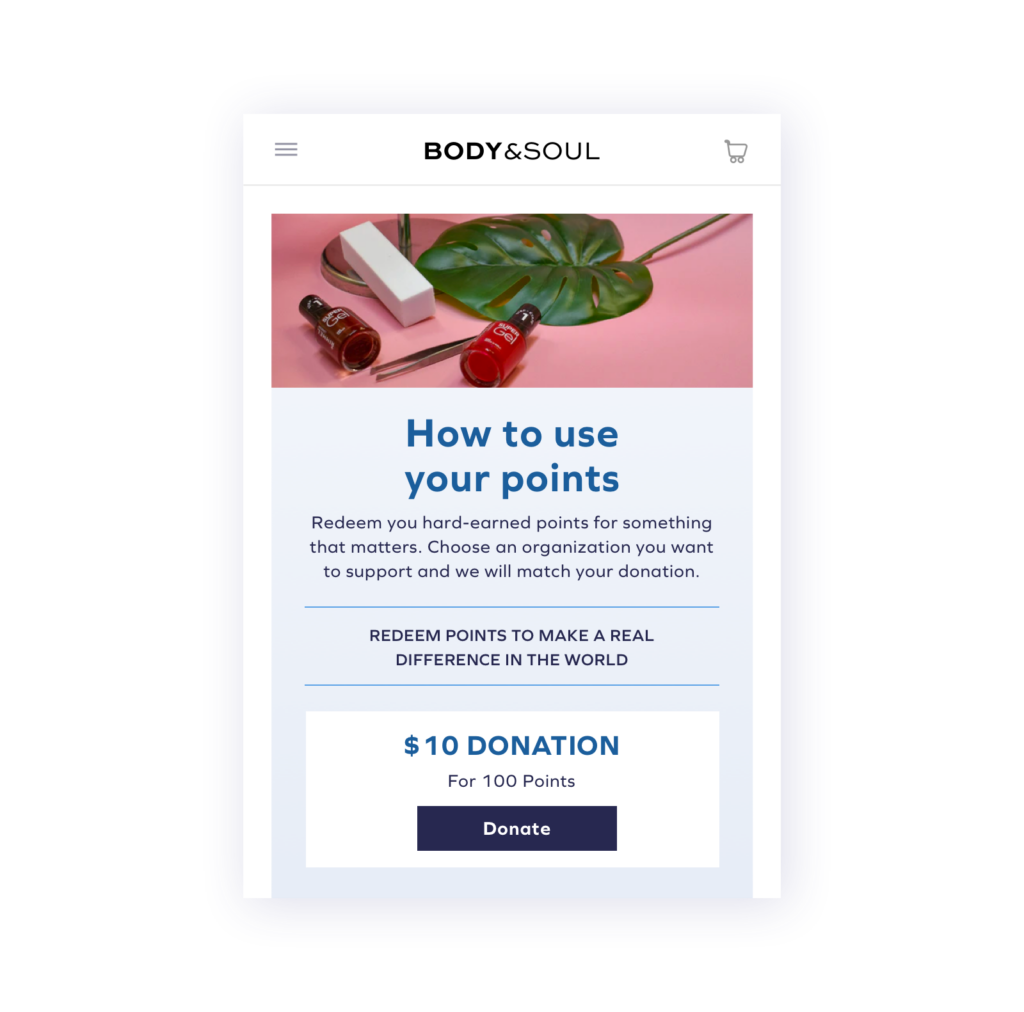
In fact, in our State of Brand Loyalty 2022 report, over 84% of global consumers and 90% of global Gen Z shoppers said they are more inclined to buy from a brand whose values align with their own. So, it’s important to communicate these achievements to your audience.
For example, let customers know how many pounds of carbon they sequestered by choosing slower shipping times or how much they raised by donating their loyalty points. Another fantastic sustainability initiative from an eCommerce brand? Credo Beauty is on a mission to end beauty packaging waste. Their loyalty members can earn points by bringing their empties to a retail location or mailing them in.
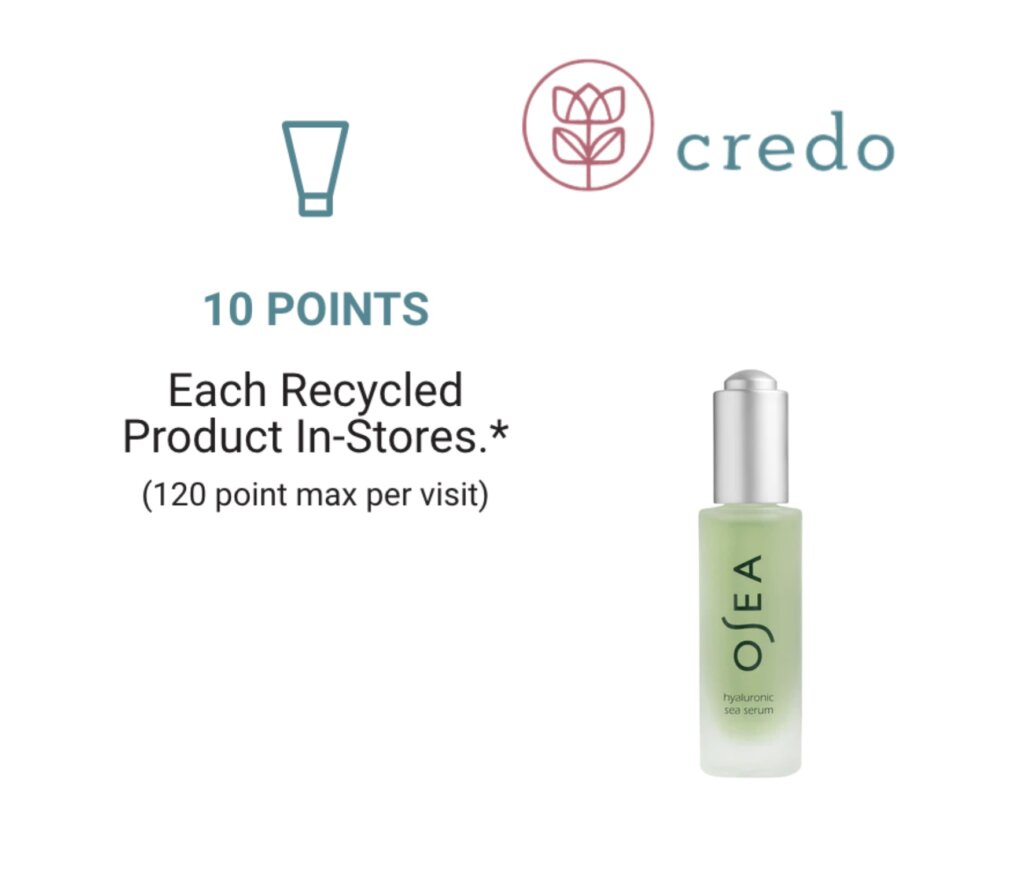
Sustainable shoe brand Plae is a proud supporter of the non-profit Race4Good initiative – through the brand’s loyalty program, members can convert points to donations to the cause. Such mission-focused values resonate with shoppers long after BFCM ends.
“Brands should be proud of their efforts to offer green options to customers and showcase these efforts. This not only helps make the earth a better place but can also be an effective marketing tool to attract customers interested in contributing to a sustainable future.”
Michael Wadsworth, Partner Marketing Manager at EcoCart
If you want to up your brand’s sustainability game, check out our sustainability marketing strategies, where we discuss 8 impactful changes your brand can implement today.
Capitalize on post-purchase feedback
Last year, almost 196 million people shopped during BFCM, meaning brands have a lot of opportunities to collect customer feedback. Your reviews are an unmatched source of data you can leverage down the line to market to customers more effectively and to improve the quality of that feedback. Make the review process hassle-free by asking customers about their post-purchase experience via texts or emails. Customers don’t have to navigate to your site — they can easily leave feedback with just a few keystrokes.
Take, for example, the skincare brand Bubble – they doubled their monthly number of reviews with Yotpo and saw a 66% higher conversion rate with review requests sent via text.
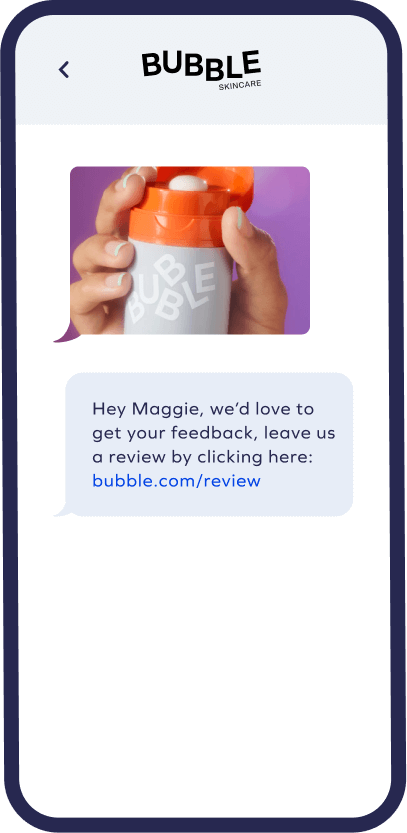
With such an influx of feedback, brands can better understand customer sentiment about their products and shopping experience and collect powerful user-generated content. You should also consider capturing information about gift-giving during the review process – this can be as simple as filtering reviews for those including “gift.” By deciphering who customers are purchasing for, brands can retarget customers more effectively after the holiday season ends.
Use the valuable social proof you collected around the holidays by displaying it at key touchpoints on your website. Take your post-BFCM retention strategy to the next level by injecting social proof into your email marketing strategy to foster deeper trust and push shoppers to purchase with hand-picked customer quotes and product reviews in emails.
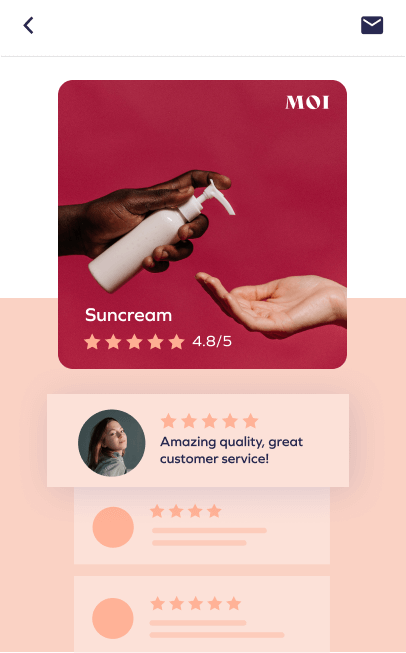
“Incorporating validation and user-generated content in the funnel, particularly during BFCM, can significantly impact customers’ purchasing decisions,” says Jennifer Scruggs, founder and CEO of Scruggs Consulting.
Prepare for post-purchase issues — and plan accordingly
During the holiday season, communication is critical, especially as supply chain delays and order anxieties loom. To handle these issues with care, brands should embrace more personal communication channels that customers can opt into. SMS and email enable brands to inform shoppers quickly and transparently about changes to their orders. Then, rather than wait for issues to arise, brands can reassure customers before chaos ensues.
“Prioritize personalized experiences for your customers, including post-purchase engagements, shipping updates, and retention strategies, to stay top of mind amid tighter shopper budgets.”
Nikki Tooman, CEO and co-founder of Sticky Digital
Send customers messages about their orders in real time, including order confirmations, shipping updates, advanced shipment tracking options, subscription notifications, delay notifications, and more, to ensure they’re aware of every step of the fulfillment process. These transactional texts and post-purchase emails are essential for building trust and keeping customers coming back, even if delays occur.
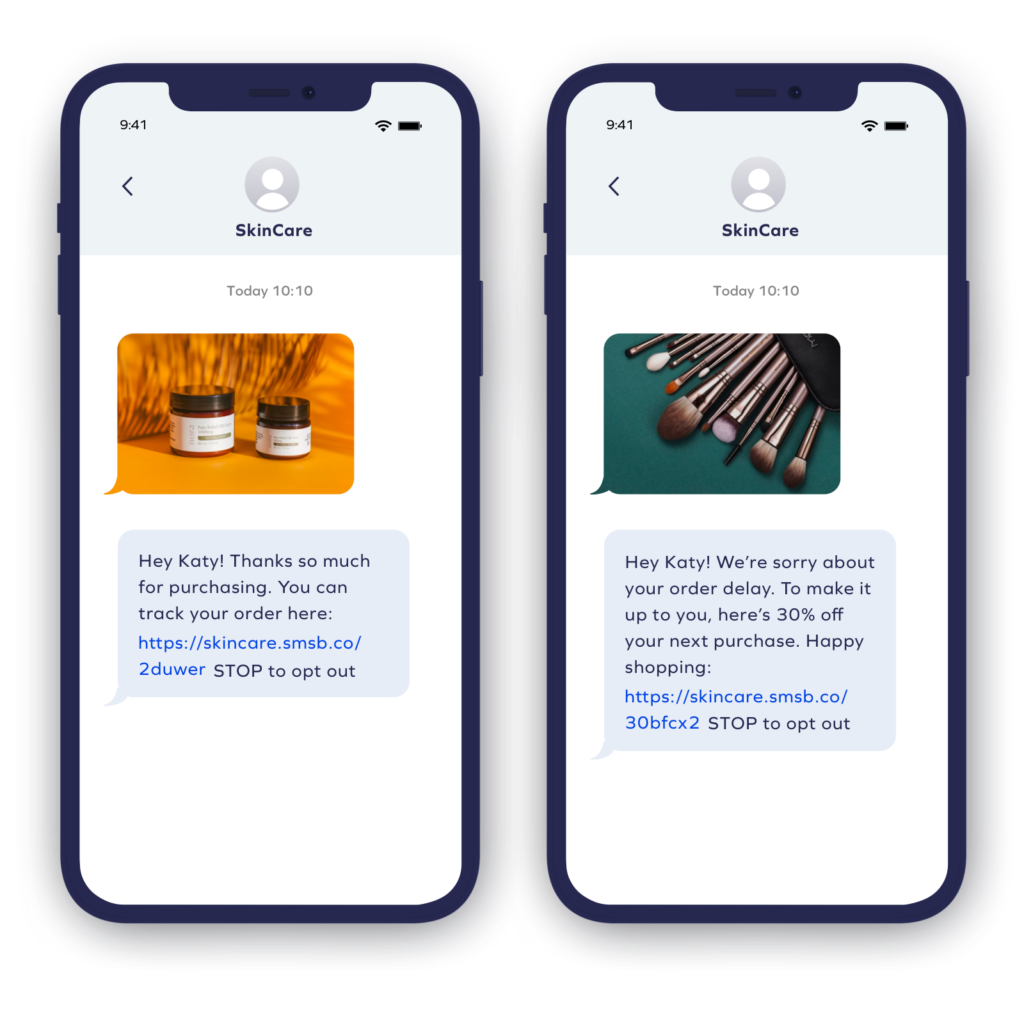
If issues arise, SMS and email are the perfect solution to smooth shopper woes and offer loyalty perks, like discounts and free shipping. And even if everything goes well, transactional messages are still one of the best tools in the hands of marketers to show extra care to customers and build long-lasting relationships.
Make customer support informed and personal
Black Friday and Cyber Monday are stressful experiences for many shoppers. Returns, delayed shipping times, out-of-stock products — these issues can deter customers from returning if they’re handled impersonally. So, while top-notch customer support is important year-round, BFCM shoppers are especially delicate, which means after checkout, brands’ CX strategy should focus on personalized outreach and unifying shopper data across solutions.
“Personalization is the best thing you can do to provide exceptional customer experiences. It used to be a nice to have – now it is crucial.”
Jason Hackenberry, Client Success Manager at Arctic Leaf
According to McKinsey, 78% of consumers are more likely to make repeat purchases from brands that personalize. Delivering connected customer experiences starts with a consolidated tech stack that allows sharing data across solutions and creating a holistic, unified view of your shoppers. Customer support agents should recognize customers and deliver experiences throughout their purchase cycle.
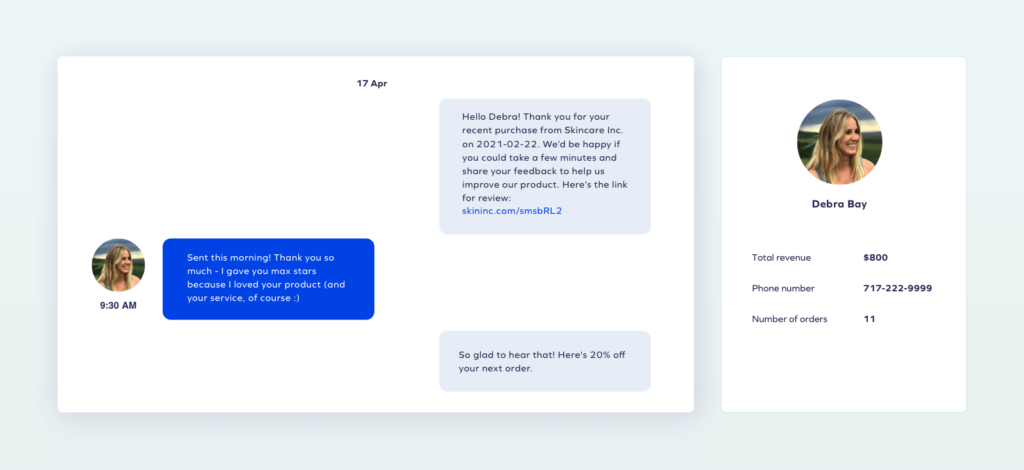
“Consumers don’t reach out to a brand to tell them that they’re doing an amazing job; they’re reaching out because they have an issue or would like to raise something,” says Jade Cameron, Head of Customer Support at LSKD. “My team really looks at every conversation as an opportunity to create an advocate.”
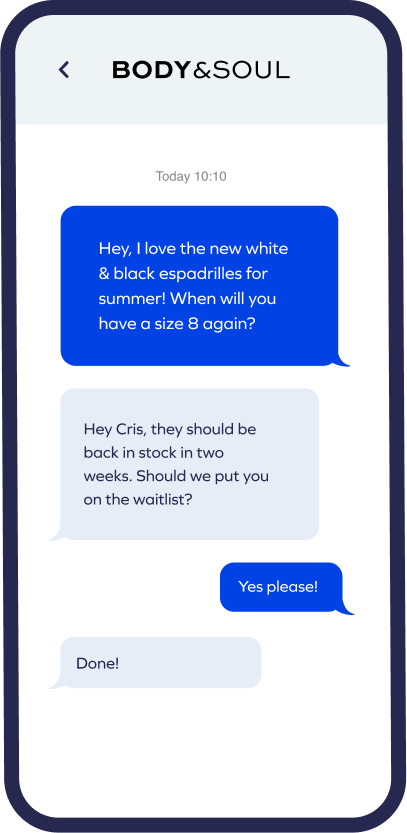
Whether your support team is speaking to a VIP loyalty member or texting product recommendations to a first-time customer, they should make sure to act on customer data quickly, treat shoppers as a person rather than a segment, and maintain on-brand, tailored support throughout customers’ shopping experiences.
Keep your brand top-of-mind through social media
Social media channels are powerful tools in the hands of marketers and, if used right, can help brands not only grab the attention of first-time shoppers but also nurture the relationships with existing customers. With consumers spending an average of almost five hours daily on their mobile devices and nearly 150 minutes on social media, social engagements remind shoppers to come back and purchase from your store.
Encourage holiday shoppers to follow your social media channels to keep your customers engaged well after BFCM. Add links to your Instagram or TikTok accounts to your post-purchase emails or use QR codes on packaging to turn first-time customers into followers.
Leverage user-generated content from real, trusted customers who are happy with your brand or product or reach out to niche influencers who can show how they use your products (alone or together with other products). Social proof will not only help build brand trust and boost awareness but also introduce complementary products and services and help shoppers discover new products.
@curlvitality Replying to @acard4 packing August orders this entire weekend! Youll get them early next week! 🥂 #packingorders #smallbusinesstiktok #hairtok ♬ Angel – Shaggy
Use social media channels to introduce your newly acquired followers to your loyalty program or subscription services. Launch festive giveaways or provide incentives if they join your SMS or email marketing programs, too. Try out new social commerce solutions such as TikTok Shop to interact with shoppers on their preferred channels and help keep your brand top of mind.
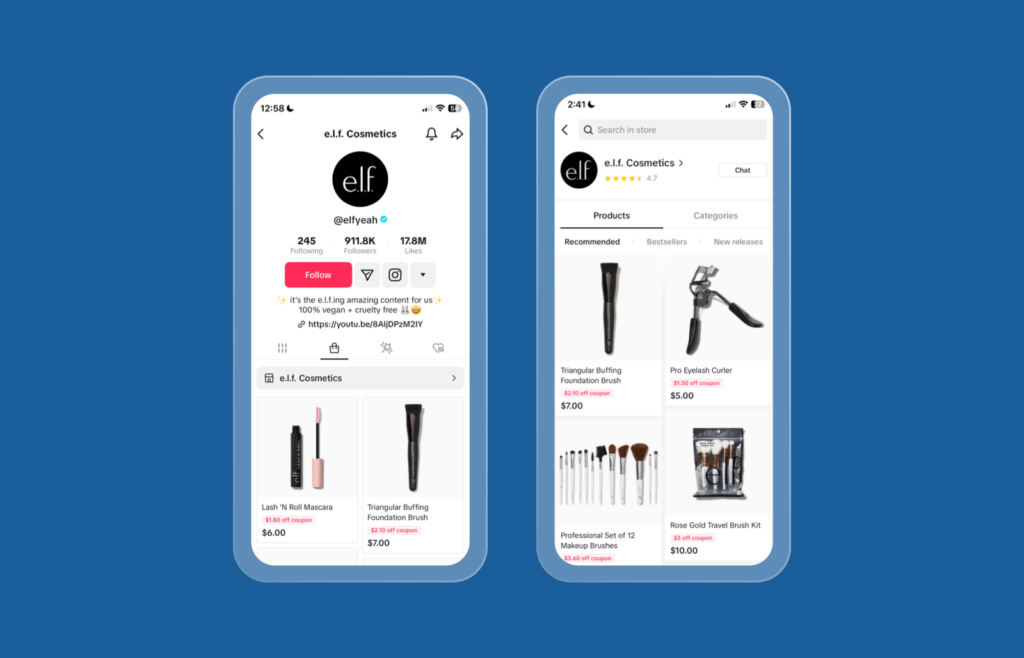
Not sure where to start? Check out these holiday marketing campaigns that get creative.
Don’t let your holiday shoppers go cold
While many brands spend months prepping for Black Friday and Cyber Monday, marketers of the future recognize the importance of having a solid post-BFCM strategy, too. Don’t let your first-time shoppers go cold, talk to our retention experts today to get your winning post-holiday strategy up and running in no time!




